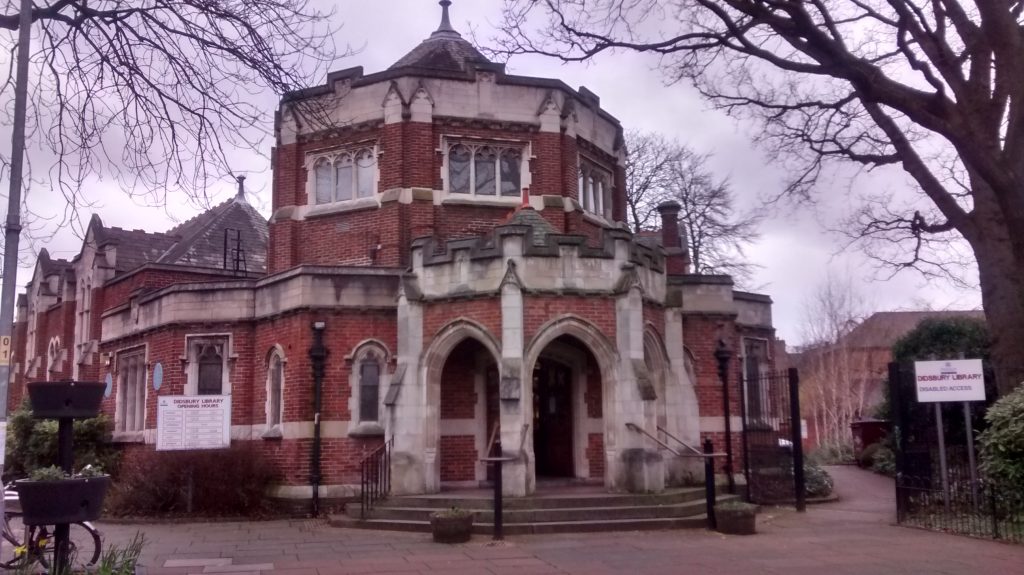One of my followers on Twitter asked me recently if I had any tips for a novice writer. I couldn’t convey much in 140 characters but promised to blog about it. Here’s a version of the hand out I gave people when I taught creative writing for the Workers Educational Association and ran freelance workshops.
1. Do it.
Set aside some time each day or week when your writing takes priority. Don’t let anything sway you from this. Even if you don’t feel inspired put the time in – practise the art of getting words on paper. Try not to be too critical as you write – get the ideas down – the language can be tidied up later.
2. Ideas.
Stuck for ideas – try taking a news headline, an overheard remark, the face of someone in the shops, a phrase or a picture as a trigger for a story or poem. If you feel completely stuck do an exercise instead – write about something ‘easy’ – your first memory, the day you started work, describe a place you know well or write a letter or diary entry as a different character. Nothing is ever wasted and once you are writing the ideas should come more easily.
3. Characters
Do you know enough about them – can you see inside to how they think and feel? Are they distinct from each other? Build up a clear, visual picture of them and keep asking yourself how they would behave in various situations. Do different characters speak differently in your dialogue? Does what they say tell us more about them (or advance the plot)? Whose story is it – whose point of view are we following? Do you care about the characters, identify with any of them? Will a reader be bored or intrigued? You can use file cards to create biographies for your characters. Think about their quirks and secrets as well as the more usual aspects.
4. Story
Avoid long preambles – start as things are getting exciting/intriguing. If you are having trouble with the sequence of events try writing them all out as headings on post-it notes or file cards and arranging them in an order. Consider the pace of your story, where does the turning point or climax to it fall? Is the ending rushed or too slow?
5. Experiment
Trying out new styles, forms, ideas can help stretch you imagination and you might discover hidden talents. You can also experiment with your work by changing aspects and seeing if it strengthens what you’ve got – change it into a different narrative voice (1st person to 3rd) or change the tense. Try a different structure with flashbacks or flash forwards even. Could some of it be told in the form of letters or as a diary? Would it work to tell different parts of the story from different characters’ viewpoints?
6. Style
You have probably already got your own style – a way of writing that comes most easily and that will be unique to you. Try developing this, improving this. Read other writers and learn from them. If you are not happy with what you are writing consider some of these elements: what tense have you used, whose viewpoint, would it be better in another form, is the structure working or is that the problem – how might you change it? Look at how the paragraphs fall, and the sentences. Are they all the same length? Do they all start the same way? Would it be improved with some variety?
Do the metaphors or similes you’re using work – do they suit your style?
7. Editing
Put away your work for a few days or even longer so you can come to it fresh. Read it through fully marking any parts where you think there’s room for improvement or alteration. Does your work communicate what you want it to? Does it evoke the reactions you want from the reader? Is it creating the right mood or atmosphere? How can it be better, tighter, richer?
When you are reviewing your work look out for repetition (unless deliberate). Avoid clichés and very hackneyed phrases – they are dull for the reader. Don’t use qualifiers (a little tired, rather late, fairly brisk) they tend to weaken the sense. Wherever possible use specific and concrete words to root your writing in reality (she was watching Coronation Street rather than she was watching a soap opera).
Don’t overwrite – leave some space for the reader to bring their imagination to your work. Two astute lines of description can do the job even better than half a page.
Try reading aloud for the rhythm and to check that dialogue sounds right.
Does your writing appeal to all the senses? A little about smell and sounds and the tactile feel of things is great to give vivid description.
Show don’t tell is a cardinal rule – it is much better for the reader to see a character directly experience something and glimpse that feeling rather than be told, e.g. Sally was very scared is weaker than Sally felt her skin prickle, her breath catch. Likewise They had an argument and he walked out would be much more interesting if we read the argument (or at least some of it) and saw the gestures and reactions of the pair on the page.
8. Don’t give up
Once you’ve finished a piece, move on, start the next. Keep writing. Keep getting better. Don’t give up. Good luck.
